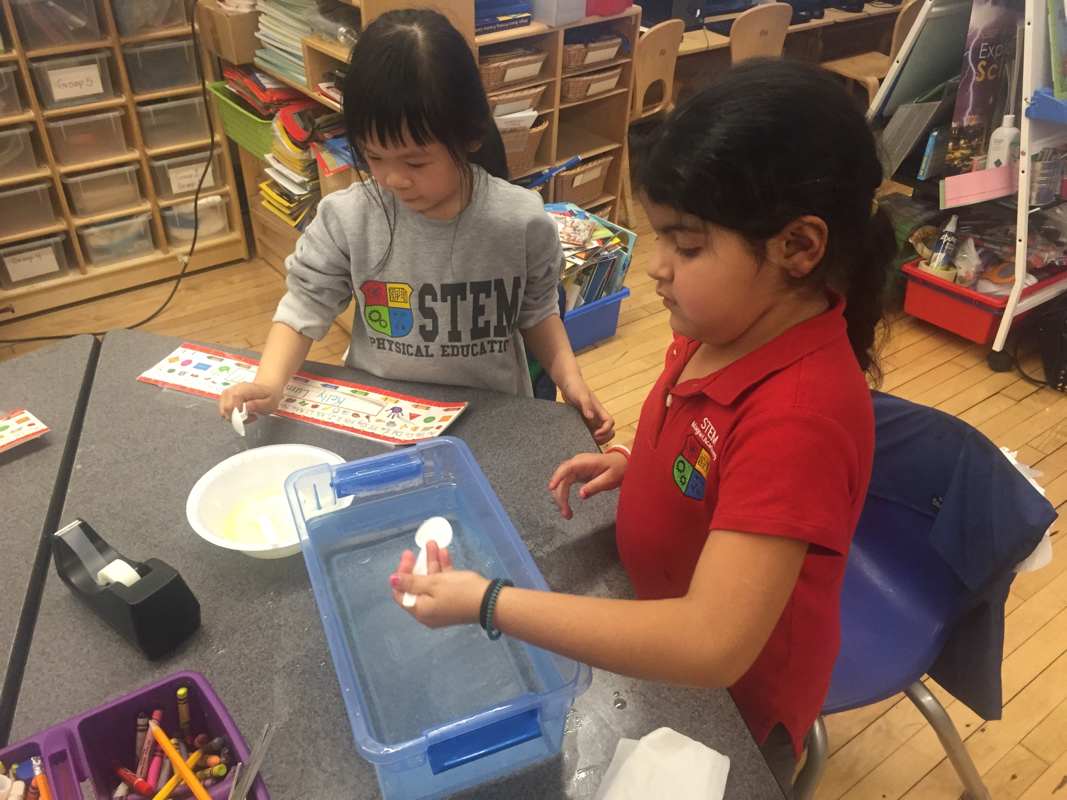


Some schools do have a native speaking teacher, who might keep the class either on their own or with an Italian colleague, sometimes all day, sometimes just for few hours here and there. In Italy there are few specific rules governing such a designation, so pretty much anybody can decide their school is bilingual. How many children in the school are majority language (Italian) native speaker?īilingual School can mean anything, so be prepared.Which techniques do they use to invite children to speak English/French/etc.?.Are the teachers native speakers? Where are they from?.What to ask when considering an International School: One should also ask whether the school adopts a specific methodology to encourage the children to speak English, and if so whether it is a strict one or not, or in general one the parents approve of.įinally, from what I have discovered these schools target children starting from 3 years, and there are very few options in terms of International Day Nurseries.

That said, it is a fact that the kids will hear a lot of English there, moreover these schools are more likely to attract foreign families, creating the opportunities to meet international playmates. However, bear in mind that this doesn’t imply that the school is monolingual, because often many of the children enrolled are Italian or speak Italian as their first language, hence the children will most likely speak Italian among themselves. From an international school one should expect that all staff members are native speakers in that language. America, Enghlish, French, etc.) adopt the structure and methodologies of their original country. The options available for bilingual preschoolers are the following: Moreover, foreign language schooling in Italy focuses primarily on English, with few exceptions for other languages located in Rome or Milan or in the bilingual regions (Trentino Alto Adige for German and Val D’Aosta for French).įor simplicity, I’ll use the word school to refer to both Day Nursery and Kindergarten. The options available vary greatly depending on where one lives Rome and Milan already don’t offer much, so imagine what a smaller town or a village might have to offer…. ,Day Nursery ( Asilo Nido in Italy) – 0 to 3 years – and Kindergarten ( Scuola Materna) -2.5 to 6 years. Let’s start by looking at Preschools, i.e.
#Best magnet kindergarten schools near me how to#
However, while schooling changes from country to country, most considerations will apply to most families wherever they live, in particular those concerning how to search and what to look for in bilingual education. We’ll look at this from an Italian point of view, examining education options available to bilingual families living in Italy. Of course, there’s no right or wrong answer, each family will have to make its call, but let’s have a look at the options available.


 0 kommentar(er)
0 kommentar(er)
